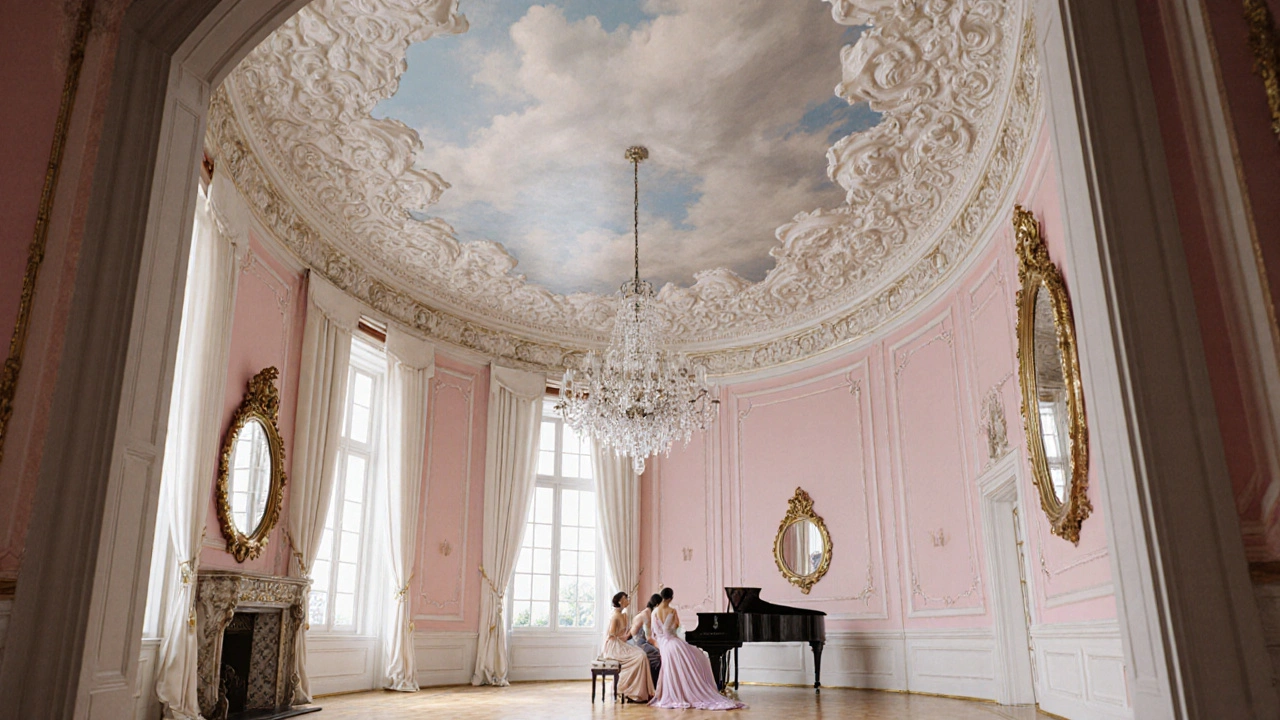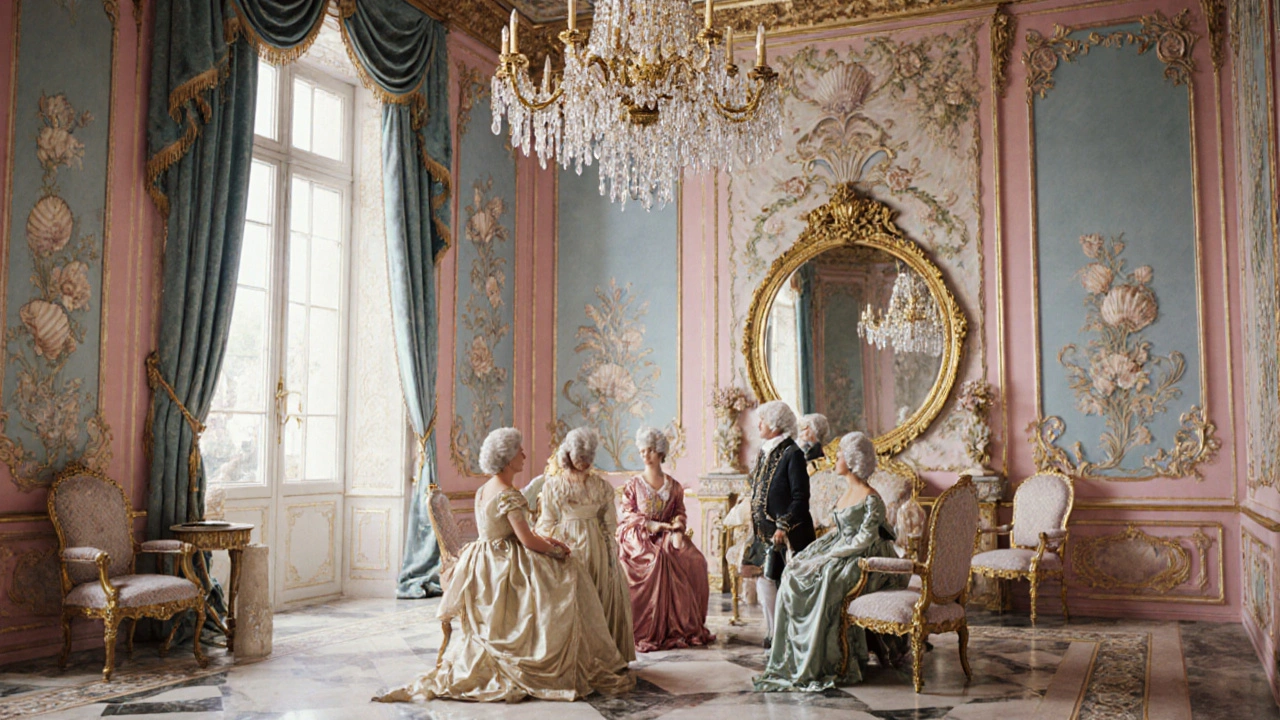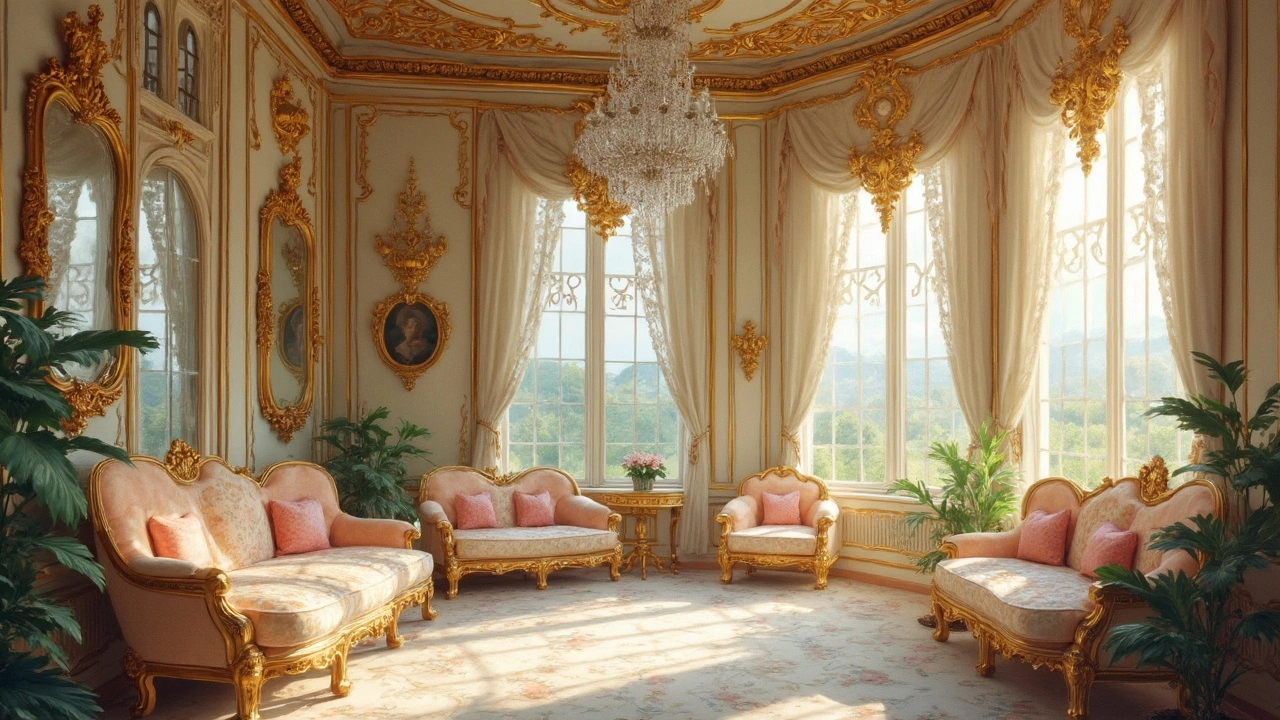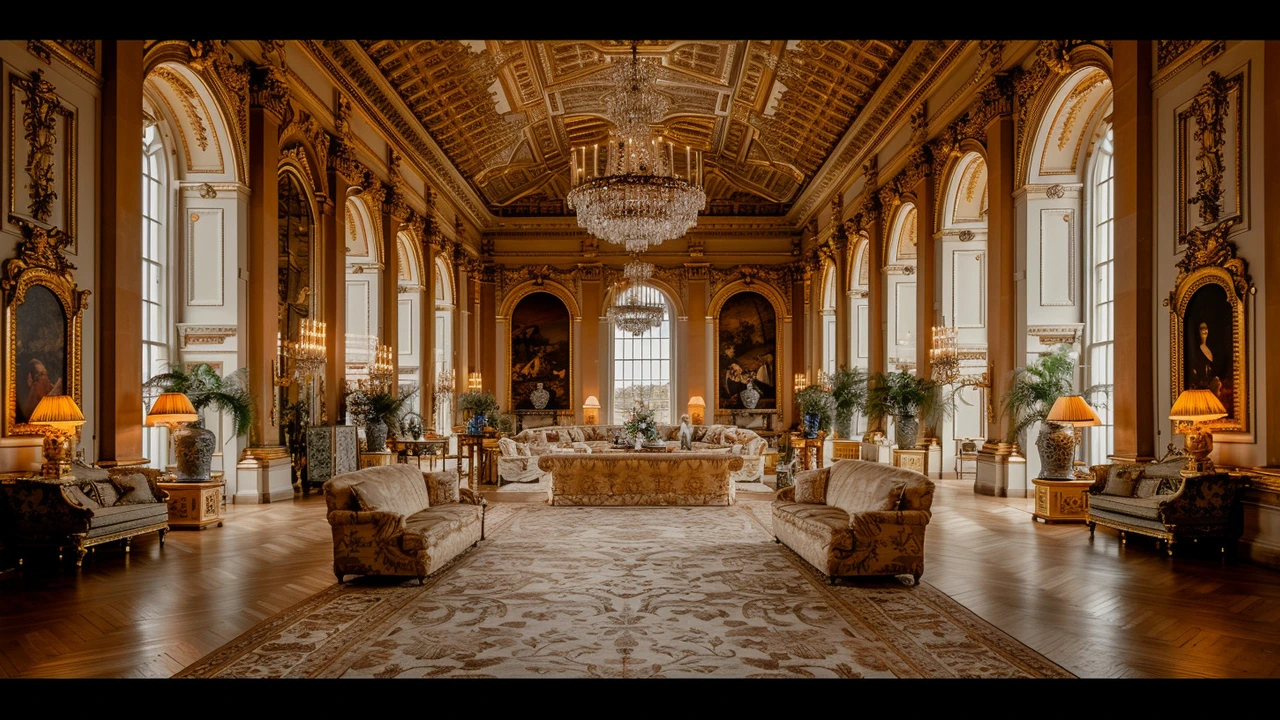Explore the rise of Rococo, its playful aesthetics, key artists, architectural highlights, and lasting influence on modern design in this in‑depth guide.
Rococo: How to Spot It, Use It, and Care for It
Think of rooms that feel playful, curved, and a little cheeky — that’s Rococo. This style grew in 18th-century France as a softer, lighter answer to Baroque’s drama. Instead of heavy symmetry and grand scale, Rococo focuses on small rooms, flowing lines, pastel colors, mirrors, and delicate ornament. If you want to recognize Rococo in a house or plan to bring its feel into your home, here’s a clear, usable guide.
Key features you can actually see
Look for asymmetry and curves. Rococo loves S-shaped scrolls, shell motifs, and carved foliage that seem to move. Walls and ceilings often have plaster stucco with airy, organic shapes rather than rigid panels. Color is lighter: soft creams, pale blues, greens, and rose tones. Mirrors and gilding multiply light; chandeliers and crystal add sparkle. Furniture is low, elegant, and often carved with flowing legs and ornament that matches the room’s plasterwork. Unlike Baroque, Rococo feels intimate—meant for salons and private rooms, not giant palace halls.
Practical tips: bring Rococo into a modern home
You don’t need to rebuild a palace. Pick one focal element: a gilded mirror, a carved console, or a chandelier. Pair that with clean, modern furniture so the Rococo piece shines without overwhelming the room. Use soft color on one wall or in textiles—curtains, cushions, or a patterned rug—to hint at the palette. Choose small, curved furniture rather than bulky pieces. If you like wallpaper, pick one with a subtle floral or rocaille pattern and keep the rest of the room calm.
If you’re renovating a historic room, match scale and detail. Smaller rooms suit Rococo best. Keep door and window trims light and curved instead of heavy moldings. Mirrors opposite windows will amplify daylight and make delicate details pop. For lighting, crystals or multiple small lamps work better than one huge fixture.
Want to learn more on the site? Read our pieces on Baroque Architecture and Beaux-Arts to see how styles evolved and where Rococo fits into the bigger story of European design. Also check articles on Renaissance and Georgian styles for contrast—those help you spot what makes Rococo unique.
Quick care and restoration tips: avoid harsh chemical cleaners on gilding and old paint. Use soft brushes and mild soap for dusting stucco. When matching paint or gold leaf, photograph details and test small patches before committing. If you’re unsure, talk to a conservator—small mistakes can be hard to undo.
Rococo is playful, light, and decorative by design. It works best when used with restraint: one or two strong Rococo elements paired with modern simplicity gives a fresh, elegant look without feeling costume-y. Notice the curves, the light colors, the intimacy of scale, and you’ll spot Rococo anywhere.
Explore the rise and fall of Rococo, the playful French art style of the 18th century, its key artists, signature elements, and lasting impact on design.
Rococo design, an 18th-century style known for its ornate detail, playful themes, and delicate artistry, continues to capture imaginations with its elegance and whimsy. Originating in France, Rococo moved away from the grandeur of Baroque, focusing instead on lightness, curves, and harmony. This style is celebrated in furniture, architecture, and decorative arts for its creative flair and attention to detail. Understanding the essence of Rococo can inspire anyone interested in interior design or art history, offering insight into blending beauty and function.
Rococo is an 18th-century art movement known for its ornate and romantic style, breaking away from the rigid forms of the previous Baroque era. This article explores its origins, characteristics, key artists, and its lasting impact on the art world. Discover how Rococo's emphasis on creativity and decoration influenced not just painting but also architecture, sculpture, and interior design.




